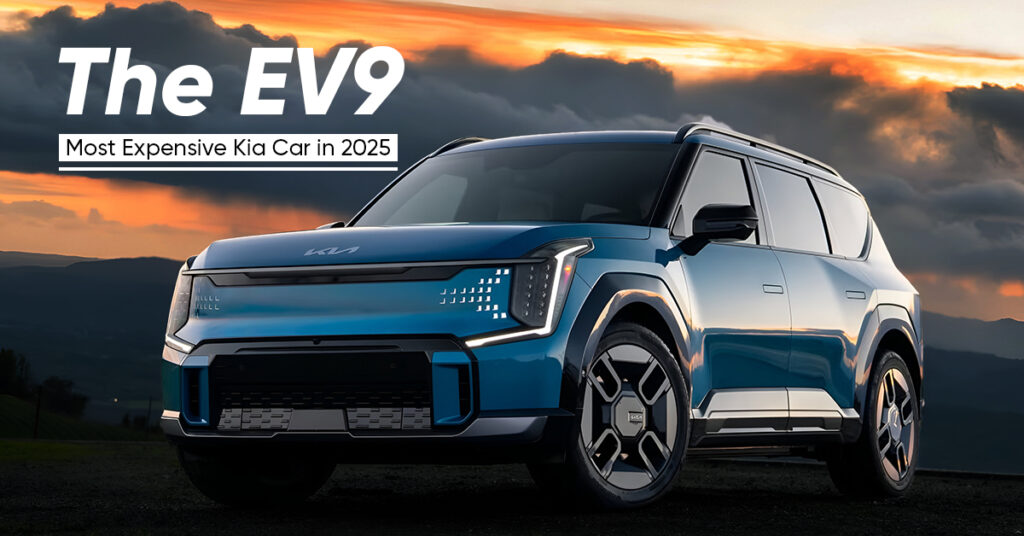Kia Corporation started way back in 1944, not even making cars at first, they were actually building steel tubes and bicycle parts, but by the 1970s, they shifted into making automobiles, and since then, they’ve grown into a global brand that really focuses on building cars that are both useful and stylish. The South Korean company came to India in 2019 with the launch of the Seltos, and it didn’t take long for them to make a name thanks to smart pricing, strong build quality, and lots of tech features that people here really like. Kia has always kept things practical, offering cars for all kinds of buyers, from small city-friendly SUVs to big family MPVs with plenty of space. And today, Kia’s lineup in India spans from compact SUVs to luxury people-movers, but none commands more attention than the Kia EV9 – the most expensive Kia car in India, representing the absolute pinnacle of the company’s technological innovation and design philosophy.
Kia Cars in India: From Premium EVs to Practical SUVs
A. Kia EV9: The Most Expensive Kia Car (₹1.30 Crores)
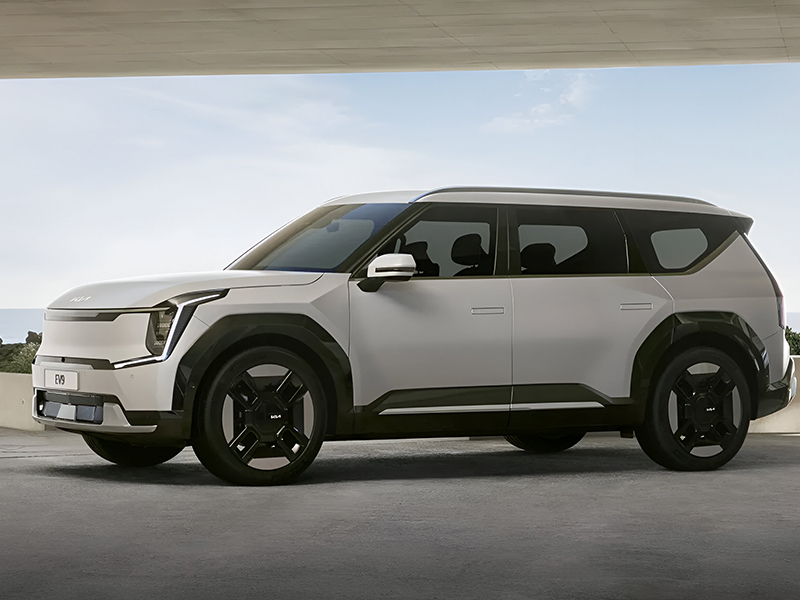
Kia’s first electric three-row SUV redefines luxury and technology, now the most expensive Kia Car offering:
- Powertrain: Dual-motor AWD (385 PS/700 Nm), 0-100 kmph in 6.0s
- Range & Charging: 600 km (expected), 800V ultra-fast charging (10-80% in 21 mins)
-
-
- Panoramic curved display (12.3-inch cluster + 12.3-inch touchscreen + 5.3-inch climate control)
- Advanced Highway Driving Assist 2 (HDA2), remote smart parking
- Vehicle-to-load (V2L), 16-speaker Meridian audio, ambient mood lighting
-
- Seating: 6/7-seater configurations with captain’s chairs (optional relaxation seats with leg rests)
B. Kia EV6: The Flagship (₹60.97 Lakh – ₹65.97 Lakh)
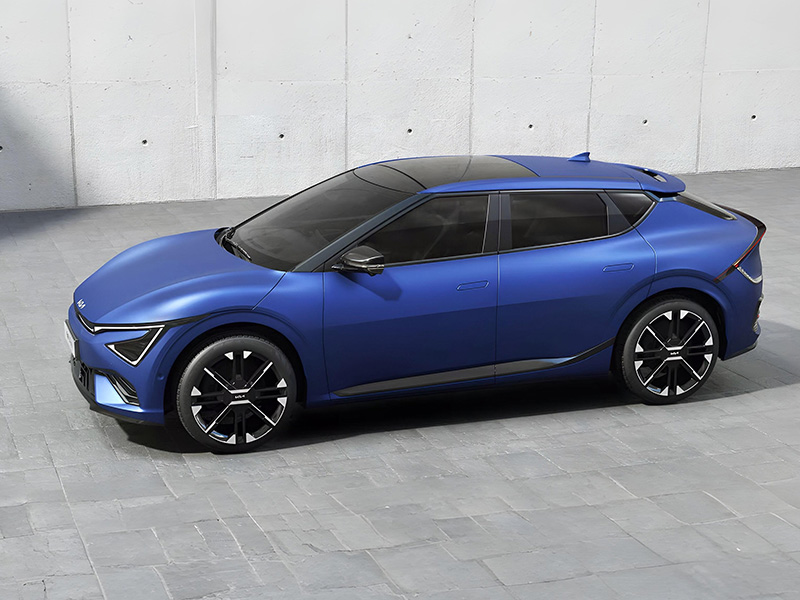 As Kia’s most technologically advanced and expensive offering in India, the EV6 represents the brand’s electric future:
As Kia’s most technologically advanced and expensive offering in India, the EV6 represents the brand’s electric future:
- Performance: 325 PS/605 Nm (AWD), 0- 100 kmph in 5.2s
- Range & Charging: 528km (ARAI), 800V ultra-fast charging (10-80% in 18 mins)
- Exclusivity: Only 100 units allocated annually as CBU imports
- Standout Features: Vehicle-to-load (V2L) function, augmented reality HUD, 20-inch alloys
Know more about eV6 – 2024 Kia EV6 Facelift: A Bold New Vision for Electric Cars
C. Kia Carnival: People’s Choice (₹30.99 Lakh – ₹34.99 Lakh)
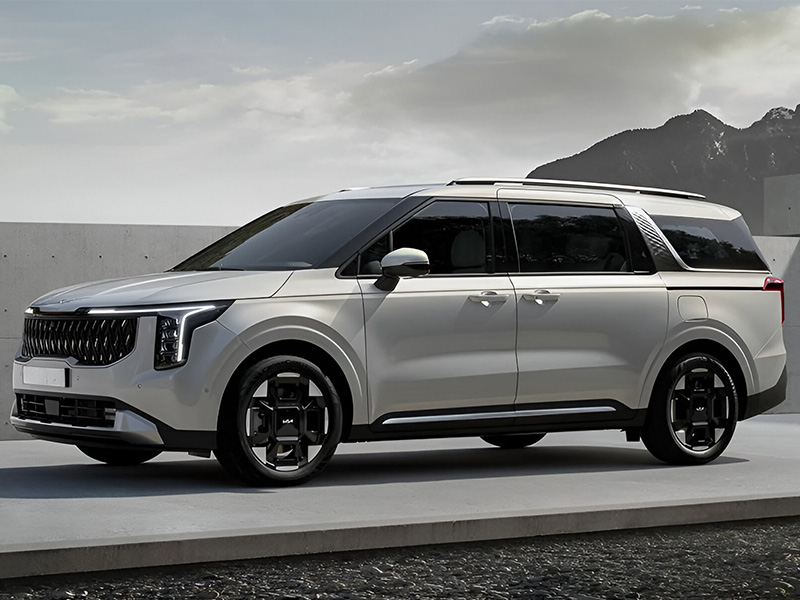
Kia’s most expensive ICE vehicle offers limousine-like comfort:
- Seating: 7/8-seat configurations with business-class ottoman seats
- Powertrain: 2.2L diesel (197PS/440Nm) with 8-speed AT
- Key Features: Dual sliding doors, tri-zone climate control, 8-inch touchscreen
- Practicality: 540L boot (expandable to 2,713L)
D. Kia Seltos: The Segment-Buster (₹10.89 Lakh – ₹20.35 Lakh)
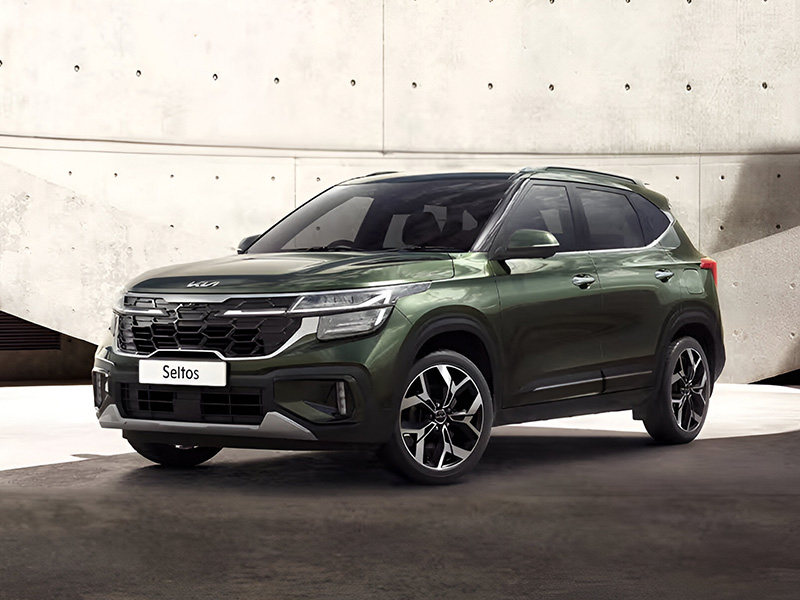
Kia’s first India product continues to dominate the midsize SUV space:
-
-
- 1.5L NA petrol (115PS/144Nm)
- 1.5L turbo diesel (115PS/250Nm)
- 1.5L turbo petrol (160PS/253Nm)
-
- Tech Highlights: 10.25-inch touchscreen, Bose audio, ADAS (in GTX+)
- Safety: 6 airbags, ESC, hill-start assist (5-star ASEAN NCAP)
E. Kia Carens: The Family-Friendly MPV (₹10.52 Lakh – ₹19.60 Lakh)
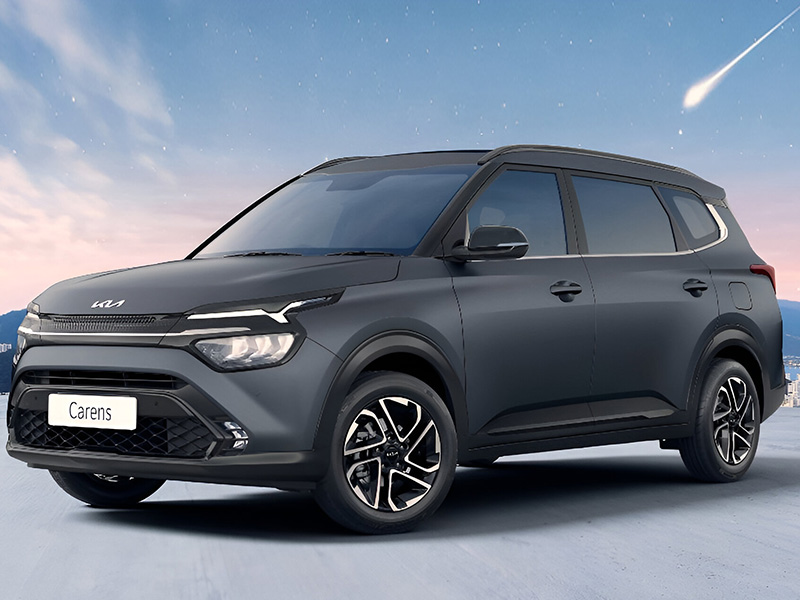
Blending SUV styling with MPV practicality:
- Seating: 6/7-seat configurations with sliding middle row
-
-
- 1.5L NA petrol (115PS/144Nm)
- 1.5L diesel (115PS/250Nm)
- 1.4L turbo petrol (140PS/242Nm)
-
- Family Focus: Rear seat voice amplification, rear sunshades, air purifier
F. Kia Sonet: The Compact Powerhouse (₹7.99 Lakh – ₹15.69 Lakh)
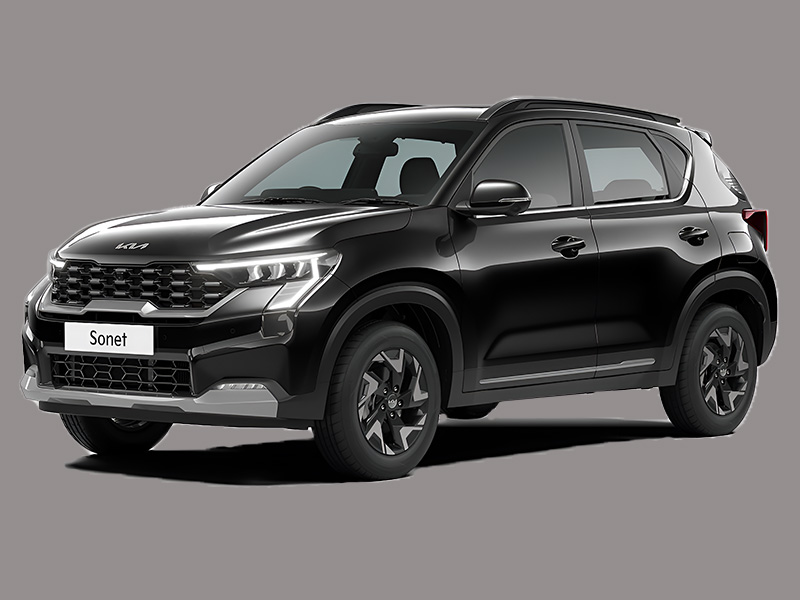
Kia’s entry-level SUV punches above its weight:
-
-
- 1.0L turbo petrol (120PS/172Nm)
- 1.5L diesel (115PS/250Nm)
-
- Segment Firsts: Ventilated seats, iMT (clutchless manual), 10.25-inch screen
- Urban Practicality: 205mm ground clearance, 3,760mm turning radius
How Safe is Sonet? Know here – Kia Sonet Global NCAP rating: Safety Analysis
What Makes Kia’s Highest Price Car Different?
| Parameter | EV9 | EV6 | Carnival | Seltos | Carens | Sonet |
| Best For | Sustainable luxury seekers | Tech enthusiasts | Large families | Young professionals | Growing families | Urban commuters |
| Fuel Type | Electric | Electric | Diesel | Petrol/Diesel | Petrol / Diesel | Petrol / Diesel |
| Seating | 6/7 | 5 | 7/8 | 5 | 6/7 | 5 |
| Price Range | ₹1.30 Crore | ₹60.97– 65.97 L | ₹30.99 – 34.99 L | ₹10.89 – 20.35 L | ₹10.52 – 19.60 L | ₹7.99 – 15.69 L |
Which Kia Car is Best for You?
- Budget Buyers: Sonet (Features under ₹8L)
- Family Focus: Carens (6/7-seat flexibility)
- Tech Lovers: Seltos (ADAS + Bose audio)
- Space Seekers: Carnival (2,713L boot)
- Early Adopters: EV6 (800V ultra-fast charging)
- Sustainable Premium: EV9 (Luxury EV with AI tech + 3-row comfort)
Buyer Decision Framework
| User Profile | Recommended Model | Rationale |
| Luxury ESG investors | EV9 | Carbon-neutral materials and an optional solar roof for sustainable driving |
| Extended families | Carnival | 8-seater with massive 2,713L boot space—ideal for long trips and airport runs |
| Urban professionals | Sonet | Compact with 1.0L turbo engine (17 kmpl) and tight 3,760mm turning radius |
| Tech early adopters | EV6 | 800V ultra-fast charging support—future-ready for EV infrastructure |
| Highway commuters | Seltos | Adaptive cruise control with the comfort and range for 1,000 km drives |
| Value-focused buyers | Carens | Lowest-in-segment maintenance cost at ₹4,567 per 10,000 km |
You might find this interesting – Kia Cheapest Car – Why the Sonet Makes More Sense in 2025
How Kia Cars Perform on the Indian Roads?
- Kia Carnival gives you a decent 185 mm of ground clearance and shines on the highway where it stays rock solid even at 160 km/h, plus it can handle a 400 mm water wading depth which is quite impressive for a big family mover, but the massive 5.5-meter turning radius does make city driving and tight U-turns a bit of a pain, so it’s best enjoyed on open roads where it gets a solid 3 out of 5 for highway-focused use.
- Kia Seltos sits a little higher at 190 mm and it’s tuned well for rough patches with suspension that can sail over speed breakers at 60 km/h without tossing you around, although people sitting in the back might feel the ride is a bit firm, it still offers a great balance of comfort and control which makes it suitable for nearly every kind of road, earning it a strong 4 out of 5 rating.
- Kia Sonet, being the most compact, boasts a tall 205 mm ground clearance which really helps in city chaos and hilly terrain alike, plus it gets a good 18.4° approach angle and hill-hold control which makes inclines and broken roads feel less stressful, but the diesel version can get a bit grumbly and rough over coarse patches, yet for its size and what it packs in, it’s a smart choice for cities and mountains alike with a respectable 4 out of 5.
- Kia EV6 has the lowest ground clearance of 160 mm. It compensates with instant torque delivery for quick overtaking and includes a 3 mm steel battery guard for protection. However, its low clearance poses a risk during floods or on uneven roads, restricting its ideal use to smoother urban environments. It receives a 3 out of 5 for urban use.
- Kia Carens balances performance with practicality, offering 195 mm of ground clearance. It supports a substantial 1,300 kg payload and includes a reinforced underbody for durability. The only drawback is noticeable body roll when taking curves above 80 km/h. Nevertheless, it is a strong contender for both city and occasional highway use, earning it a 4 out of 5 rating for mixed-use scenarios.
- Kia EV9, the most expensive Kia car with 172 mm ground clearance + 6mm steel battery armor tackles potholes confidently. Adaptive suspension glides over bumps at 80 km/h, while 4WD traction masters slush/mountains. Only limitations: 5.8m turning radius (tight lanes) and water wading caution.
Key Performance Highlights of the most expensive Kia car:
- Adaptive Suspension: Automatically adjusts damping to absorb potholes (tested at 80 km/h).
- Torque Vectoring AWD: Distributes power to individual wheels for slush/mud traction
- Battery Armour: 6mm steel plate shields battery from debris/impact
- Hill Descent Control: Maintains 8 km/h speed on steep inclines (30°+ gradients)
- Limitations: Avoid >150mm water, challenging in Chandni Chowk-style lanes
Conclusion
Kia’s Indian lineup, anchored by the most expensive Kia car, the EV9, which showcases scalable electrification. The Seltos prioritises drivetrain flexibility, the Sonet maximises compact-space utility, and the Carens redefines family mobility economics. Each model undergoes 1.2 million km of India-specific validation (temperature range: -7°C to 52°C), ensuring compatibility with local fuel quality (20 ppm sulfur diesel) and road imperfections. While the most expensive Kia car, EV9, targets niche adopters, volume sellers like Carens prove that calculated innovation, not hyperbole, defines Kia’s approach to Indian mobility.
FAQ
- Can the Kia Carnival handle floods?
Yes, with 400mm wading depth and sealed electrical components. However, its 17.8° approach angle limits deep-water capability compared to the Toyota Innova HyCross (210mm clearance).
- Why pick Sonet over Tata Nexon?
The Sonet offers ventilated seats, faster acceleration (0-100 km/h in 10.1s), and UVO voice commands at ₹11,000 less. Trade-off: Nexon has a 5-star Global NCAP rating versus Sonet’s 3 stars.
- Is the Carens’ 1.4L Turbo good for highways?
Yes. Its 242 Nm torque from 1,500 rpm enables confident overtaking, while the 7DCT gearbox shifts faster than rivals. Note body roll above 80 km/h on curves.
- Are Kia maintenance costs competitive?
Kia costs less than rivals: Carens (₹4,567/10,000 km vs XL6’s ₹5,218), Seltos (₹5,329 vs Creta’s ₹6,015). EV6 costs just ₹2,100/10,000 km – 60% cheaper than ICE models.
- Is the Seltos IVT reliable?
Yes. Its chain-driven design lasts 200,000+ km, simulates AT shifts smoothly, and requires fluid changes only every 75,000 km (₹12,500/service).
- Which Kia has the shortest waiting period?
Sonet (2-3 weeks), followed by Carens (4-5 weeks). Carnival and EV6 take 12+ weeks due to imported components. Diesel variants ship 7-10 days faster.

